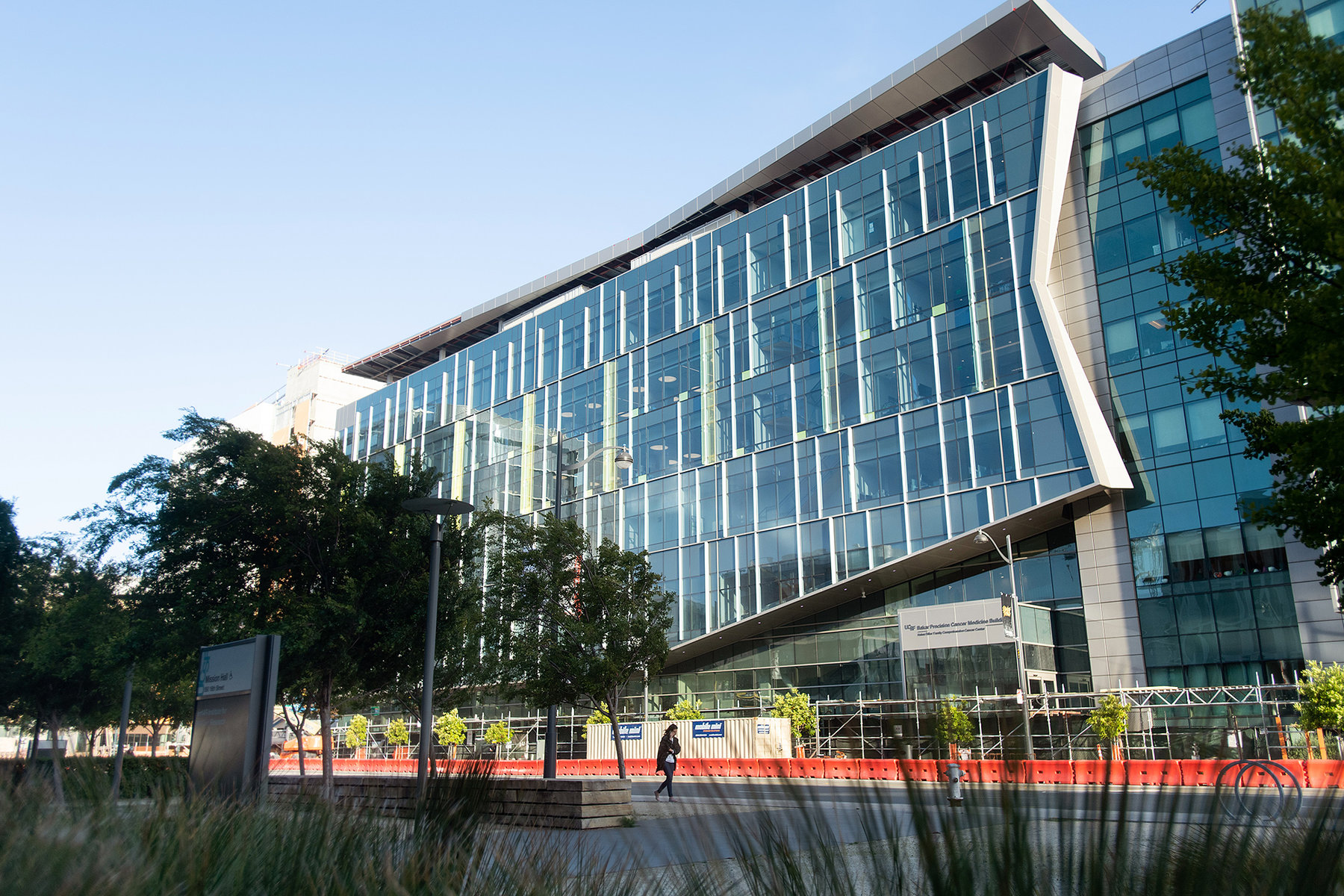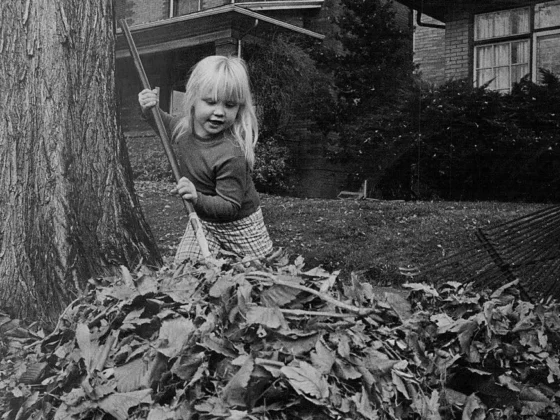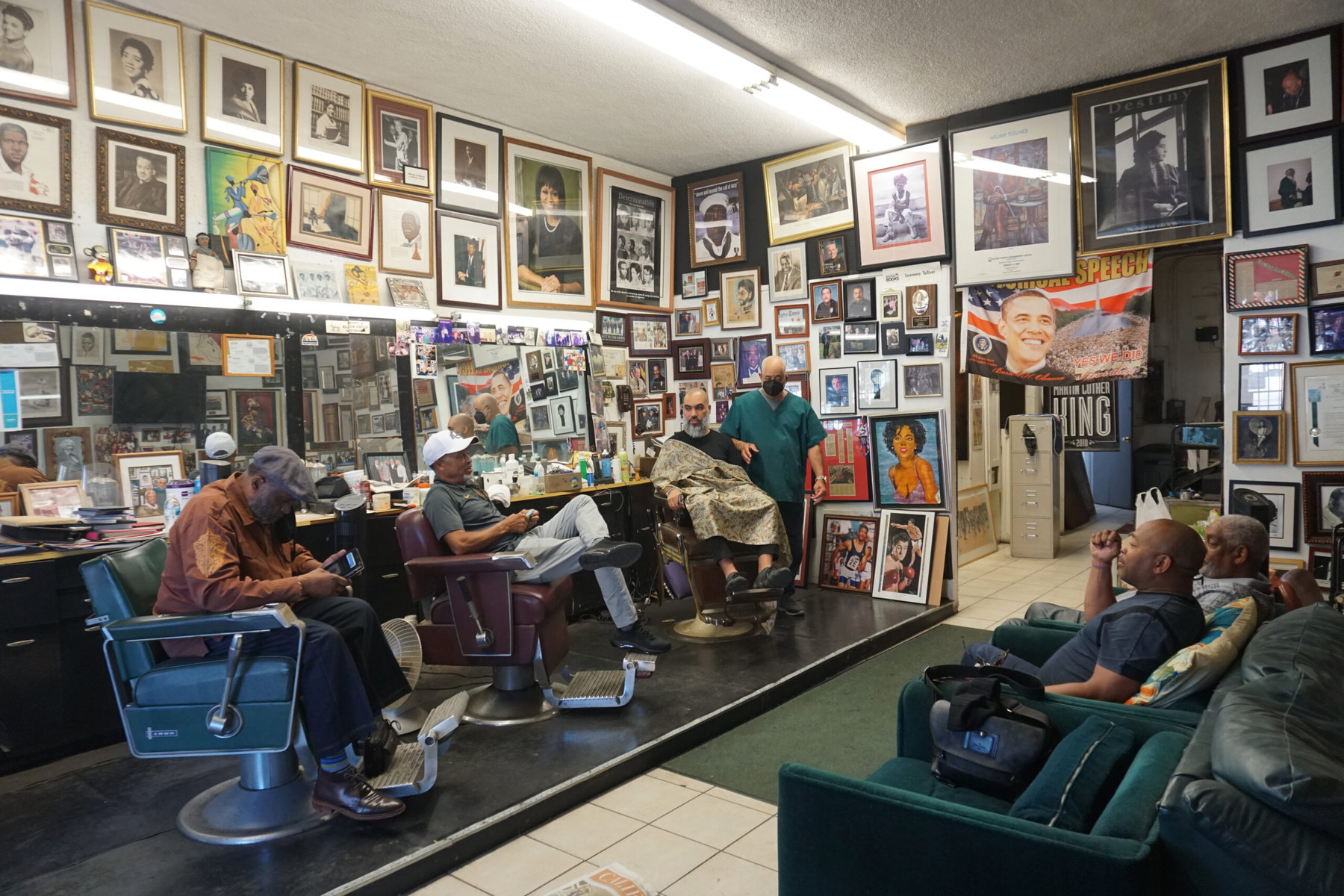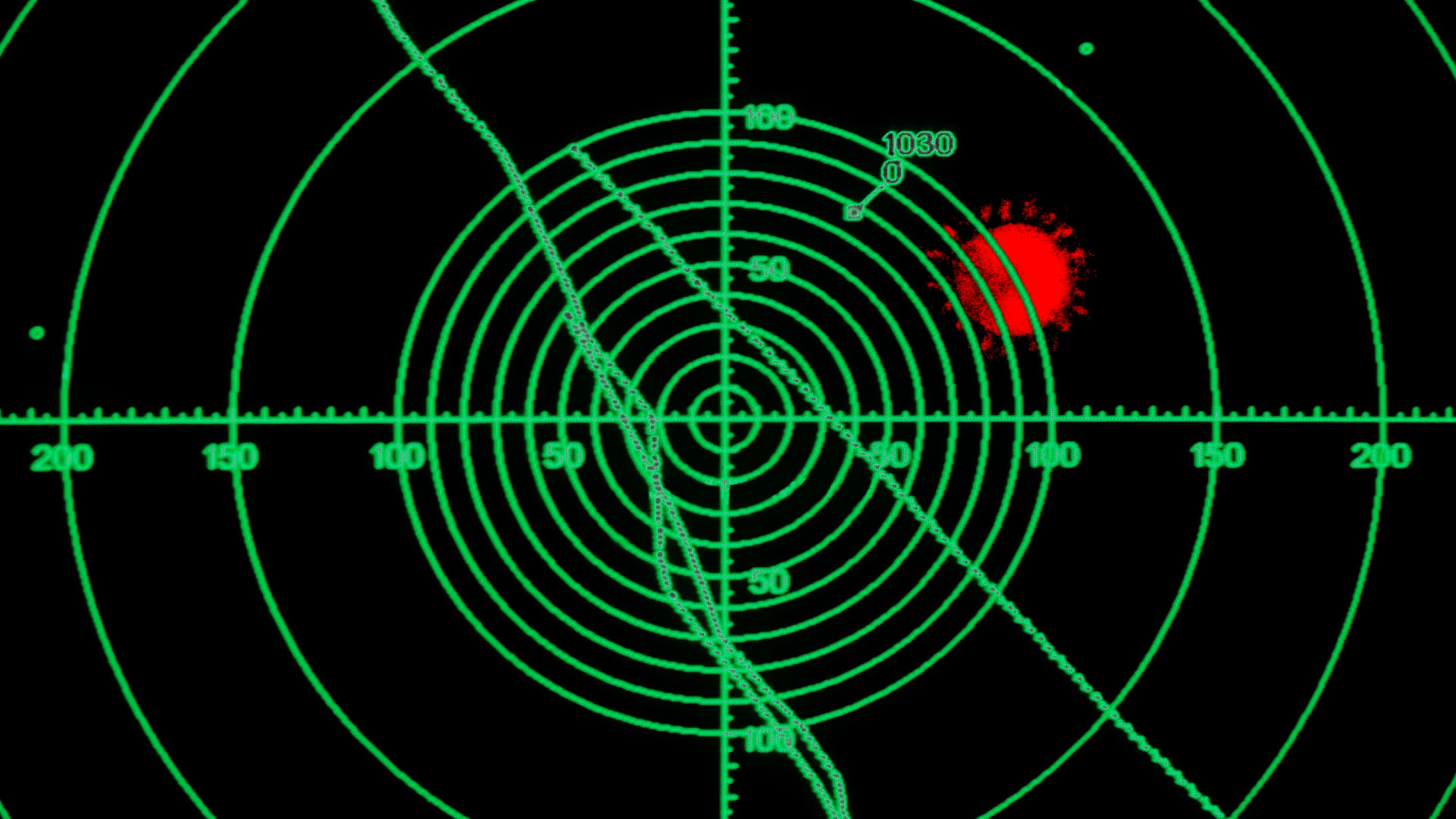Introduction, by James Fallows
Orville Schell is a friend of long standing, and one of the leading figures of U.S. journalism. During his time as Dean of the Journalism School at UC Berkeley, I was honored to spend a year co-teaching a course in magazine writing there, along with the author Katie Hafner. Through the time Deb Fallows and I lived in China, Orville and his late wife Baifang were friends and mentors. Last year I wrote about my admiration for Orville’s latest book, an epic novel of modern China called My Old Home.
Recently Orville Schell needed serious medical attention, which he received at the UCSF hospital center in San Francisco. A dozen years before, while I was based in Beijing, I had a similar experience at UCSF. It left me with deep respect for the institution’s skill and care, and I wrote about it here. During most of his time under medical care, Orville Schell was naturally focused on the disease, the treatment, and his own prospects. But as a career-long observer and interpreter, he also was struck by the culture of which his care was part.
We are grateful to be able to share his observations, which resonate with many other accounts on this site. Our thanks to Orville Schell and to the team he describes here.
Everyone knows about the parts of America that are so polarized and divided that they have lost touch with their basic functions. Here’s a look at some of the people, institutions, and collaborative cultures that provide examples, and lessons, for the rest of us.
By: Orville Schell
So many of us are hungry for places in our country that still function in exemplary ways, or even function at all. As Americans we’ve become so accustomed to living with institutions that have usually worked, that when things run off the rails, instead of sighing in fatalistic resignation, as many people in long-dysfunctional lands must do, we tend to become upset, then indignant, and finally discouraged, wondering if decline is now our historical fate.
I recently experienced a part of America that still does work so well that, even as I was laid low, I was uplifted.
I was under treatment at the University of California San Francisco (UCSF) Medical Center for a complex surgery, a stay in the ICU, and then prolonged adjuvant therapies. While this jousting with mortality has been trying, it has counter-intuitively also left me feeling unexpectedly hopeful about the promise of parts, at least, of our society. For in my hour of need, I found myself in the care of teams of bright and able doctors, residents, interns, nurses, orderlies, and other hospital staffers who came from every corner of American society and the world, and were of every race, language, gender definition, religion, and culture. Yet all worked together in a collegial, professional, and collective way that left us, their patients, feeling safe and well-cared for.
In the refuge of this great hospital I had the sensation of being like a lost explorer who stumbles into the embrace of a remote tribe in which the promise of a harmonious, well-run, and multi-cultural commons has survived the vicissitudes of the broken “civilized” world outside. Compared to this hospital’s air of cooperation and collective purpose, the rancorous back-stabbing that marks so many of our political institutions seemed suddenly far away. There, on the outside, immigrant status, sexual identity, race, and political views have turned into combat zones. Here, in this figurative medical Shangri-la, people seem to have figured out a way to collectively dedicate themselves to common purpose.
Even from my hospital bed, just watching this multicultural, multiracial, and multinational, and multi-discipline medical community work around me at UCSF left me exhilarated.
As I lay in the ICU, I called my friend the orchestra conductor Michael Tilson Thomas who had also just matriculated out of UCSF, where he, too, had undergone some complex surgery. When I told him about my revelation, he said that he’d had exactly the same experience and realization in the hospital. He compared it to a great orchestra where every musician must play together – but under the leadership of a conductor – for a concert to work. His comments made me begin thinking that without a sense of accepted common purpose that is joined with a modicum of willingness to show deference to authority (albeit, born of a certain respect for knowledge and skill) such complex organisms as hospitals and orchestras would never be able to function.
Despite all the disarray in our land, here was a functional, vibrant, and global institution that was not merely alive and serving people, but was thriving. This simple recognition was as curative as all the medical therapies being mustered to my care.
Our country’s once evangelical conceit of being “a great melting pot” where dispossessed peoples from around the world converge–and then through the solvents of democracy, tolerance, and inclusion are metamorphosed into a polyglot, flawed, but workable, nation–was perhaps most famously captured in the sonnet by Emma Lazarus inscribed on the pedestal of the Statue of Liberty:
Give me your tired, your poor,
Your huddled masses yearning to breathe free,
The wretched refuse of your teeming shore.
Send these, the homeless, tempest-tost to me,
I lift my lamp beside the golden door!
Such idealistic language can feel hokey today. But it represents a promise most immigrant Americans experienced in some form as our immigrant ancestors were cast into the American social blender. Here in the wards, hallways, operating theaters, radiology rooms, and laboratories this process remains in high gear.
I was initially operated on by a UCSF-trained surgeon, Dr. Ekama Onofiok Carlson; treated by oncologist, Dr. Adil Daud; given a course of radiation by Dr. Sue Yom; anesthetized by Dr. Zhang Yi; had further surgery with Dr. Sigrid Yu and Dr. Philipp Daniel Knott; was treated by Dr. Kanade Shinkai; underwent a neurological work-up with Dr. Hengameh Zahed Kargaran; and was treated on rounds by Dr. Lan Vu.
Immigrants have constantly irrigated our society with aspiration, inspiration, energy, and excellence. To overlook their invigorating power would be to ignore an important element in any ongoing vital proposition. What is immediately obvious to a patient in one of our great teaching hospitals is that America’s dedication to openness, inclusiveness, scientific excellence, and tolerance has been what’s drawn the very best from around the world here.
And, these complex hospitals are far from the only preserve of functional excellence in our society. Orchestras, universities, the military, and many businesses are often also exemplars.
What characterizes each is that they’ve welcomed the best from all walks of life and from all around the world. They have also depended on hierarchical structures in which trust in leadership and respect for authority is earned, and maintained. Those enlisted in the military must respect their officers to survive combat. An orchestra cannot go into revolt against its conductor with strings playing from one score while the woodwinds and brasses play from another without producing cacophony. And, at a teaching hospital, interns, residents, nurses, orderlies, and even bureaucrats, must show all some deference to doctors, who in turn respect them. Otherwise, the system will not work and, like in politics, we will create a greater tragedy of the commons.
As I left UCSF, I had one last chance encounter. It was with the woman pushing my wheelchair, who happened to be from Eritrea. “Are you glad to be here?” I asked.
“Oh!” she exclaimed and stopped pushing for a moment to look me in the eye. “I can’t tell you how glad I am to be here among nice people all working together!”
As I waited to be picked up outside, the recognition that I’d been embraced by an institution where the common good was the object of people’s work as much as the private good, allowed an unfamiliar frisson of optimism about the American proposition to seize me. After all, when we’ve managed to make the public interest co-equal with the private is usually when we’ve made our nation the envy of the world. So, if we ever truly want to get the American experiment in rejuvenation back on track, let’s make an assay of those places where we are still a model of health. Then, before surrendering to defeatism, let’s study them and apply their lessons.




